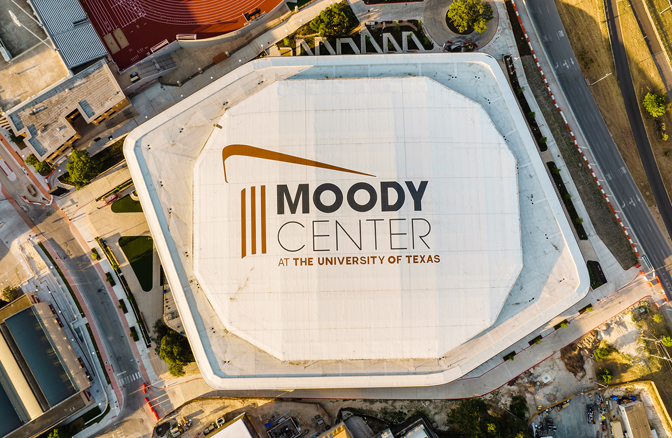Durability, sustainability, and aesthetics in a single solution
December 19, 2023—Imagine a roofing material with billions of square feet in use around the world. One installed on commercial buildings in diverse climates. One that brings together three of the most desirable attributes in a building material: durability, sustainability, and aesthetics. Now imagine no more, because it’s already here. PVC (vinyl) roofing is the high-performing, low-slope, single-ply roofing solution that is all these things and more.
According to the Chemical Fabrics & Film Association (CFFA) Vinyl Roofing Division, what really sets PVC roofing apart is how well it performs in all three categories, resulting in a material that is long-lasting, benefits the environment, and is highly adaptable to architectural demands.
Durability. PVC roofing membranes are constructed of a flexible, tear- and water-resistant polymer reinforced with fiberglass non-woven mats or polyester-woven scrims. This helps ensure PVC’s dimensional stability, durability, and capacity to respond to a building’s normal expansion and contraction and resiliency challenges. Heat-weldable seams can be made watertight for the utmost in infrastructure integrity over a long lifecycle. Combined with their fire resistance and inherent strength, PVC roofing membranes can withstand thermal cycles, wind loads, structural movement, and temperature extremes.
Sustainability. Roofs made of PVC membrane contribute significantly to several major objectives of green building programs. Foremost is the reduction of both building cooling loads and the urban heat island effect. They reflect 80% or more of the sun’s rays and emit at least 70% of the solar radiation a building absorbs. Reflective PVC roofs have protected and kept buildings cool in climates around the world for decades. They can be an important contributor to reduction of the urban heat island effect and its consequences, such as smog and greenhouse gas emissions.
PVC roofs have demonstrated that they can provide cooling energy savings, peak demand electricity reduction, and net energy savings. Their proven life cycle is among the longest of any roofing solution, measuring many decades. In addition, PVC is completely recyclable and often partially made of recycled material, offering circularity unique in roofing options.
Aesthetics. Thermoplastic PVC membranes are often recommended for commercial roofing projects with cosmetic features like complex roof curvatures or other lines and details. With this material, aesthetics need not take a back seat to other critical building envelope considerations. Functional strengths dovetail with aesthetic possibilities such as customizable color, complex shapes, and integration of rooftop logos.
For more information on PVC roofing, visit https://vinylroofs.org/.


